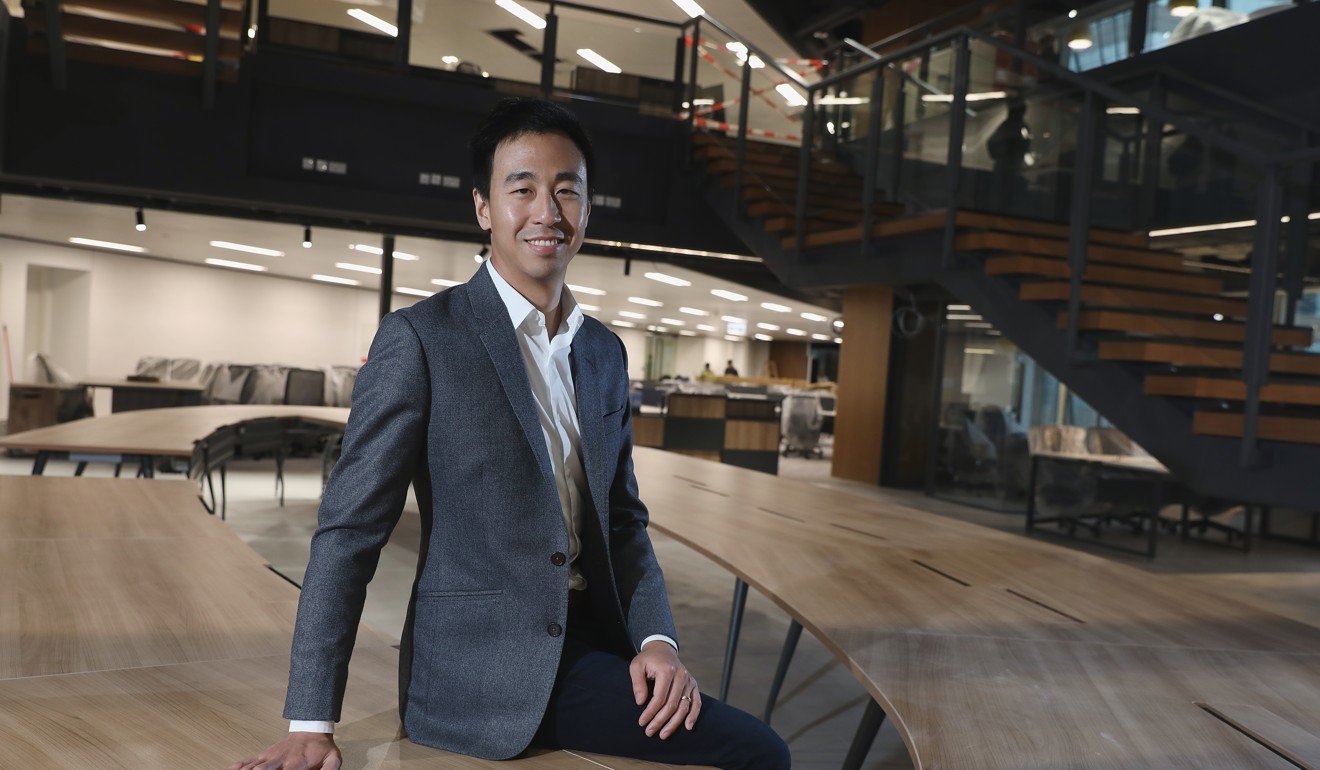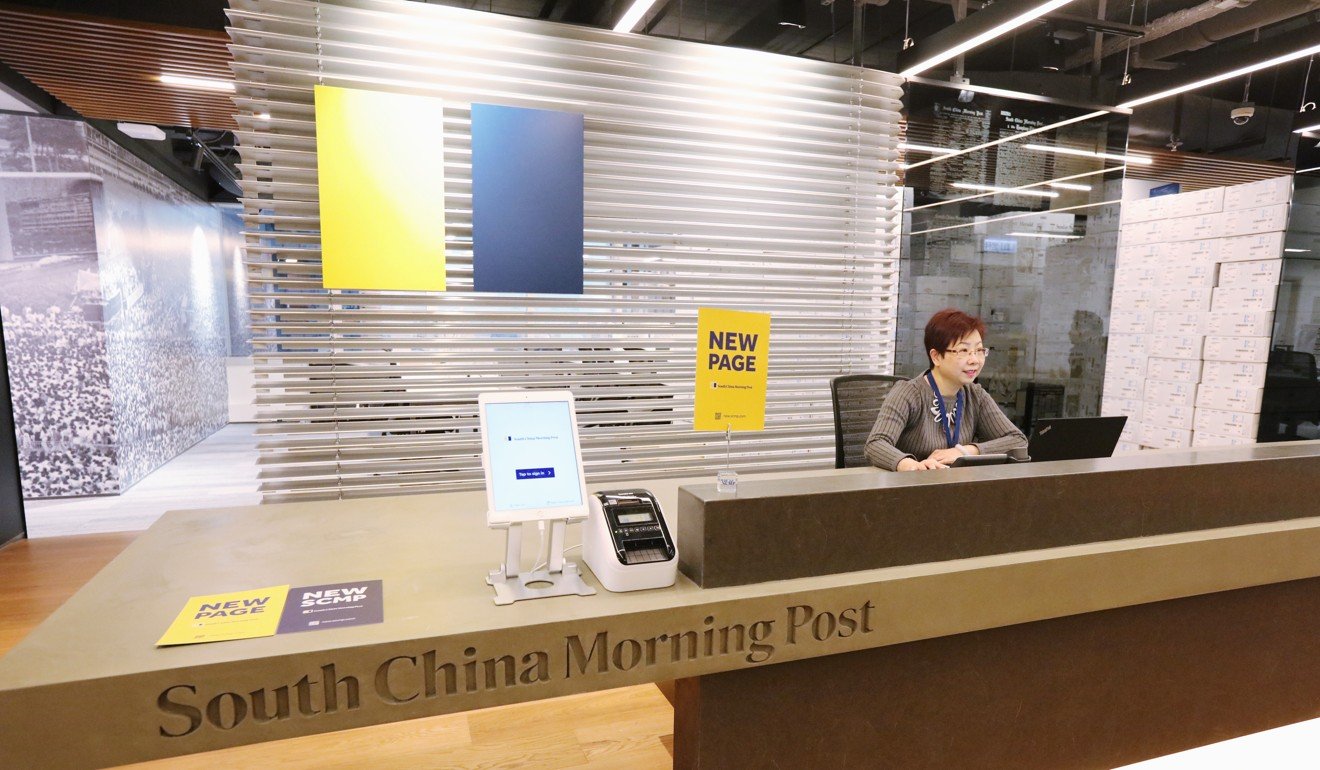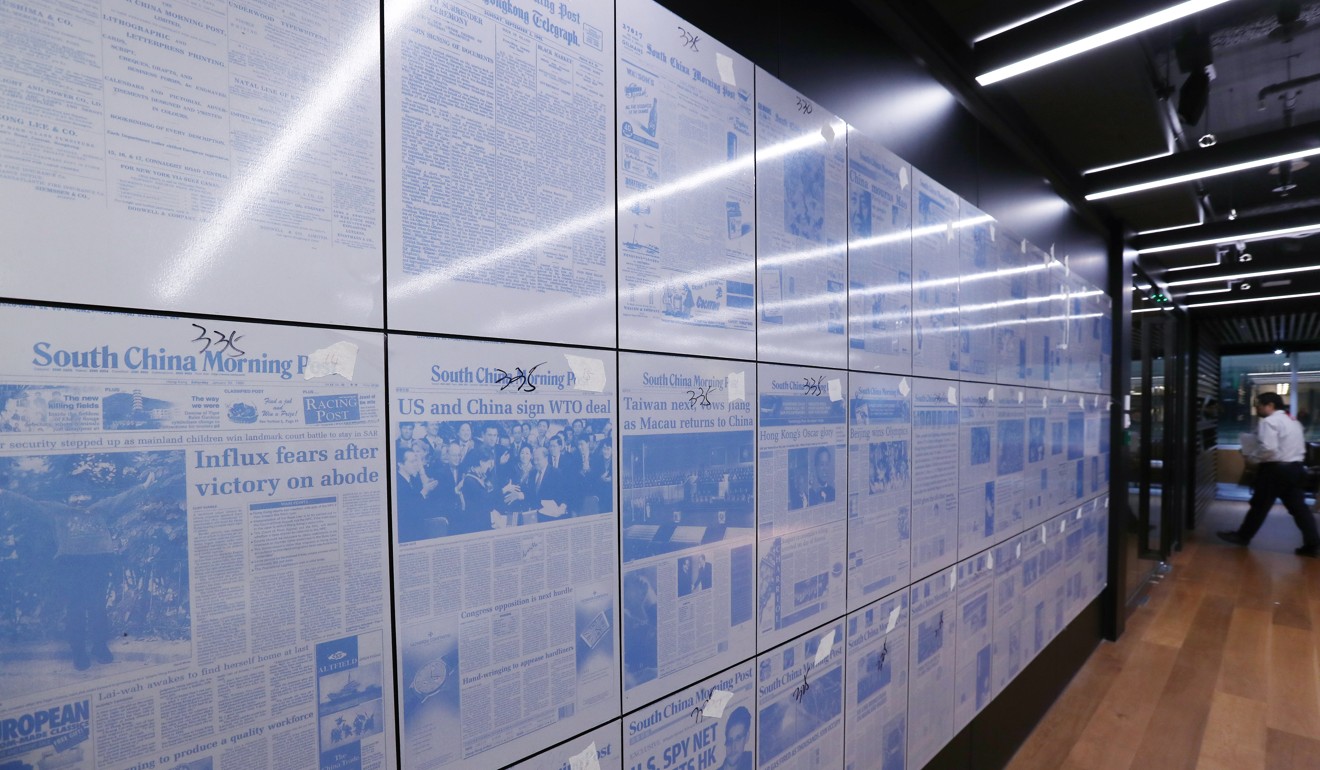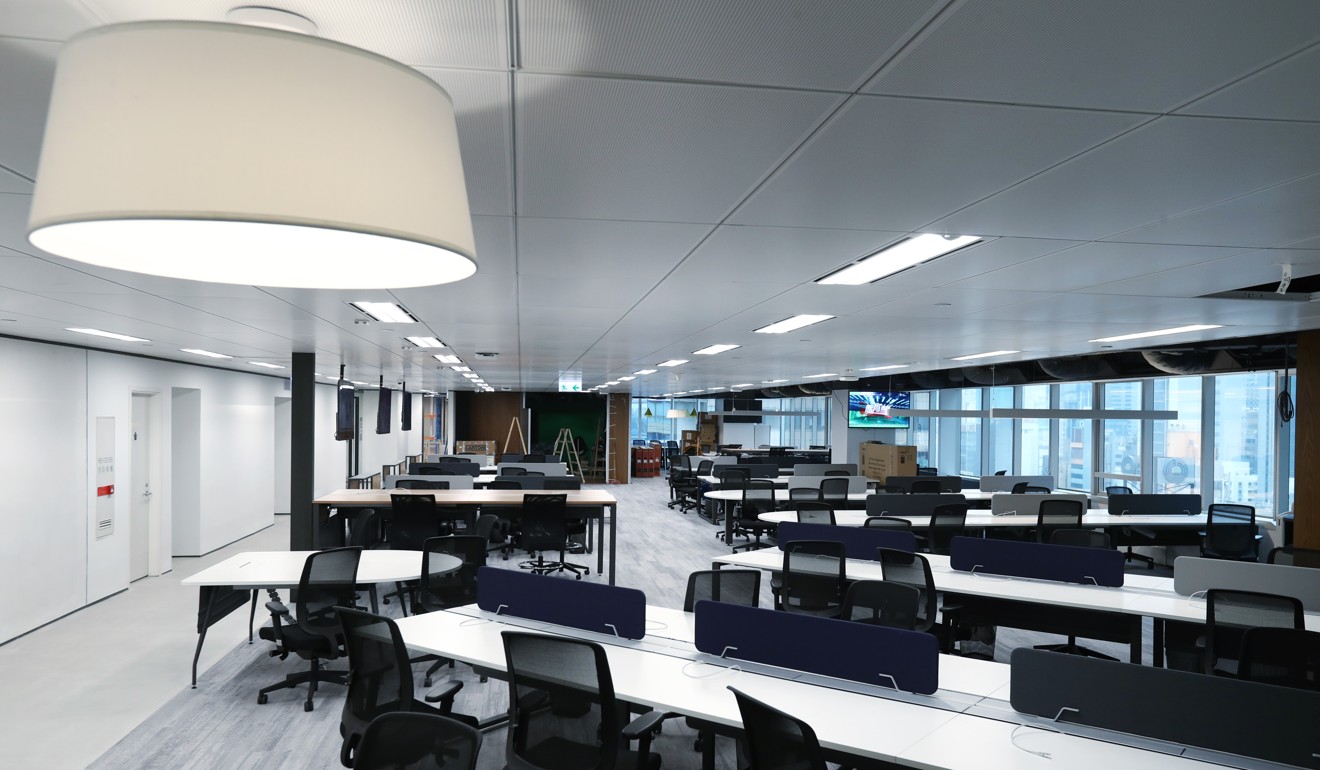
South China Morning Post moves with the times
A vision for the future as the Post makes its move
The traditional Lunar New Year clear-out has come early for the South China Morning Post this year, as staff embark on the first stage of a historic move that will reunify the company in state-of the-art offices designed to reflect and facilitate a makeover of its corporate culture.
The new year in the Chinese calendar marks an exciting new era for the 114-year-old Hong Kong newspaper publisher, which is undergoing a transformation into a digital media company as it remains committed to telling the story of a rising China to the world. The move to new offices, in the bustling heart of Causeway Bay, will strengthen the Post’s ability to do just this.
The first of six floors of the new Times Square offices was occupied by the Post’s magazines department yesterday, while newsroom staff will move into two more floors this weekend. The remainder of the Post’s staff – currently working elsewhere in Causeway Bay, and in Tai Po and Cyberport – will relocate in stages before the end of 2019.

Gary Liu, CEO of the South China Morning Post, said the move served four key requirements to push the company forward in its goals: fostering a digital culture, and creating an integrated organisation, agile environment and joyful workplace.
“We wanted to make sure that the office space is a physical expression of our new culture, and provides the work space and optionality to ensure our employees can live out this new culture,” Liu said.
This is new: see what our new brand identity means to us and to you
Digital culture is writ large in the two connected newsroom floors, with around 140 monitors and screens mounted on the walls, reflecting how analytics and data play an increasingly vital role in the way the newsroom operates.

The digital reorganisation ensures that staff are equipped with the latest technologies. For the first time, the Post has a video studio, and areas set aside for experimentation and R&D.
To create an agile working environment, various seating options have been provided: regular low desks, bench seating, and high standing and collaborative desks. Numerous meeting rooms across all floors, designed on Hong Kong themes, aim to encourage activity-based working, giving employees the opportunity to choose from a range of working environments.

“That optionality, we believe, is going to make our entire organisation much more productive and it’s going to give much more freedom to our employees,” Liu said.
To foster a more joyful workplace, each floor has a uniquely themed social hub – an arcade, games room, cafe and yoga area, for example. These spaces promote social interaction, allowing employees to collaborate cross-departmentally, or alternatively to find a quiet, comfortable space for rest and relaxation.
The overarching goal of creating an integrated workplace was achieved with a central, interior staircase that will eventually connect five of the six floors. This is further enhanced on the lower two floors – where the news teams will operate – by a huge atrium.

The Post’s senior editors will be seated together at a large news hub below the atrium, to foster open communication. Here, multiple views and perspectives can be shared to refine the Post’s editorial line, and the depth and breadth of its news coverage.
Alex Ho, the Post’s general manager, who headed the project committee overseeing the move, said the spirit of open collaboration also extended to seeking input on the new office design from all staff members.
“We conducted surveys on a number of key features – for example, office chairs and theme of the meeting rooms. We provided a project email address for staff to give their input and carefully considered their comments, for example about pantry items, recycling facilities and shower rooms,” Ho said.

The design project was awarded to M Moser Associates, which has a first-rate reputation for workplace design, Ho said.
“In addition, the presentation and team they devoted to this project, plus their experience working on similar projects for media companies and offices in Times Square, won our trust,” he said.
M Moser Associates has worked extensively with digital and media companies, including Google, Bloomberg, Thomson Reuters, and Disney’s Industrial Light and Magic special effects unit, according to Allyn Dorey, the firm’s director of international design.
Dorey said the scale of the atrium was the most remarkable element of the Post’s design project, in terms of the openness and connectivity that was central to the design brief.

“The expression, that grand gesture, the open communication, was inspired by the initial brief to create that visibility,” he said. “It’s also home for the newsroom, all the editors, and doubles up as a town hall space. It’s the heart, I guess, within those six floors. It’s a focal point and really represents the desire to be open. In terms of the connectivity, that was one of the key parts of the design.”
The Post’s new corporate culture is also highly visible from today in the redesign of the newspaper, with vibrant signature colours of yellow and blue. Inspired by Hong Kong’s rich maritime history, the Post’s new logo represents the signalling flag Kilo, standing for the letter “K” when flown in sequence. Hoisted alone, its meaning becomes “I want to communicate with you”, which the signalling system is able to achieve across distance and languages.
“It represents two implicit things that are important to the Post. It can be seen as two panes of a window and therefore the way the Post views the world - two sides to every story, to maintain truth and fairness. It also represents the Post’s legacy as a broadsheet newspaper, and an organisation turning a new page,” Liu said.

The transformation of the Post’s culture is the latest milestone in its storied history. The newspaper was founded in 1903 by Tse Tsan-tai and Alfred Cunningham – after whom two of the new meeting rooms have been named – and the first issue rolled off the presses on November 6 of that year.
The company has continually strived to stay abreast of the latest technology in publishing, and the latest chapter echoes a headline that appeared in the newspaper in April 1971 – “As modern as tomorrow” – when the Post moved into “one of the most up-to-date publishing centres in Asia”, in Quarry Bay.
That facility in Tong Chong Street was also “Interior-designed for maximum efficiency”, with new presses that published “the best newspapers that modern offset equipment can produce”. The Goss press was capable of printing 28-page newspapers at a rate of 40,000 an hour.
Twenty-five years later, in 1996, the company made its first strides into the digital space with the website PostNet, which won the “Best Overall Non-US Newspaper Online Service” accolade in the prestigious Editor & Publisher awards of 1998.

Fast-forward to today, and digital technology has developed beyond recognition, with the advent of internet search engine giants such as Google, social media platforms, and thousands of competing web-based media companies.
The Post made another milestone in cyberspace in April 2016, when Alibaba Group took down the SCMP.com paywall, offering free online and mobile access to readers as one of its first moves after acquiring the company.

The Post is now primed to launch groundbreaking new products to meet the needs of readers who are increasingly discovering news in different ways.
Telling this story is important because “China is no longer following in the path of Silicon Valley. In many ways, it is now leading,” said Liu, who was appointed Post CEO in January 2017 and previously held positions at Google, Spotify, AOL and Digg.

The Post is also exploring various possibilities for deploying artificial intelligence (AI) in its operations.
“We are currently focused on enabling data to make our business operation more effective and efficient – to give us a more detailed and precise understanding of our performance, of how the market is reacting to our content,” Liu said.
Despite the focus on digital media, Liu said the South China Morning Post’s board remained committed to the heritage print product.
“It has served Hong Kong and the region for over 114 years and we expect it to continue to serve the city and the region for many years to come. We are committed to having a print product that is a flagship product of Hong Kong,” he said.

